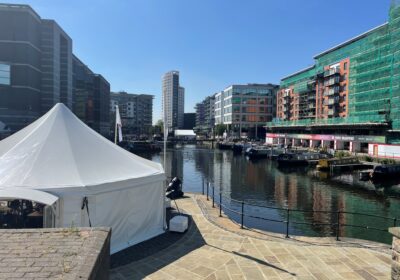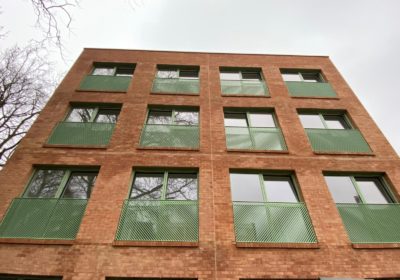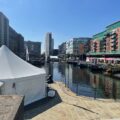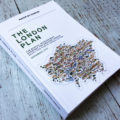Urban densification is often confused by some to mean more towers coming to every neighbourhood with a housing requirement. However, towers are complex and risky. They have their place in highly accessible locations but densification can also be achieved through more mid-rise too.
This should produce some form of alignment with communities implacably opposed to high rise development. Sadly, this alignment doesn’t exist. Land is so finite that scale gets pushed upwards rather than outwards.
An overly prescriptive planning system and a dysfunctional land market mean we can suffer from the wrong kind of densification. The result is under planned brownfield and over planned greenfield.
The Centre for Cities in a recent report has shown the consequences of under planning. Commuting by public transport to city centres from the suburbs is easier and faster in Europe – on average, 67 per cent of people can do it in 30 minutes, compared with 40 per cent in Britain. At this point people may shrug their shoulders and point to years of underinvestment in public transport. This is only partially true.
In five of the nine largest cities outside London, the area within a 30-minute commute is similar in size to European cities. The difference is these cities are far less dense. The catchment which can benefit from public transport is smaller.
There is far more mid-rise development in European cities. Developments spanning 5 – 12 storeys abound. Urban design follows form and internal layouts have historically been less prescribed.
Over planning in the greenbelt becomes inevitable as developers seek to escape urban complexity for simpler and more abundant sites. A recent study by Transport for New Homes which reviewed greenfield led developments identified the consequences of such development. It revealed a heavy reliance on car based transport with internal road layouts dominating their design and excessive quantities of residential car parking. Walking communities were lost in a jungle of roads.
Here are a few ideas for getting the balance more in favour of brownfield:
First, a presumption in favour of airspace development within walking distance of public transport should become the norm along with carrots for residents to club together to increase heights along their streets.
Second, the obsession with dual aspect properties inadvertently leads to greater height. In complex urban environments there are better ways of managing the quality of homes than being too prescriptive on layouts.
Windfall sites and small sites should benefit from a more streamlined planning journey which concentrates on design quality and less on tenure and mix policies. This has been shown by recent Lichfield research.
Britain needs to densify. Its towns and cities can accommodate many more homes. Its towns and cities can accommodate the kind of homes the country’s changing demographics require. Finally, densification doesn’t need to be marked solely by more and more towers. Yes there will be taller buildings but we also need a wave of midrise on smaller sites to take some of the housing demand.
This stuff shouldn’t be complicated, it just needs some leadership combined with experience to get the balance right. Let me know what you think.








